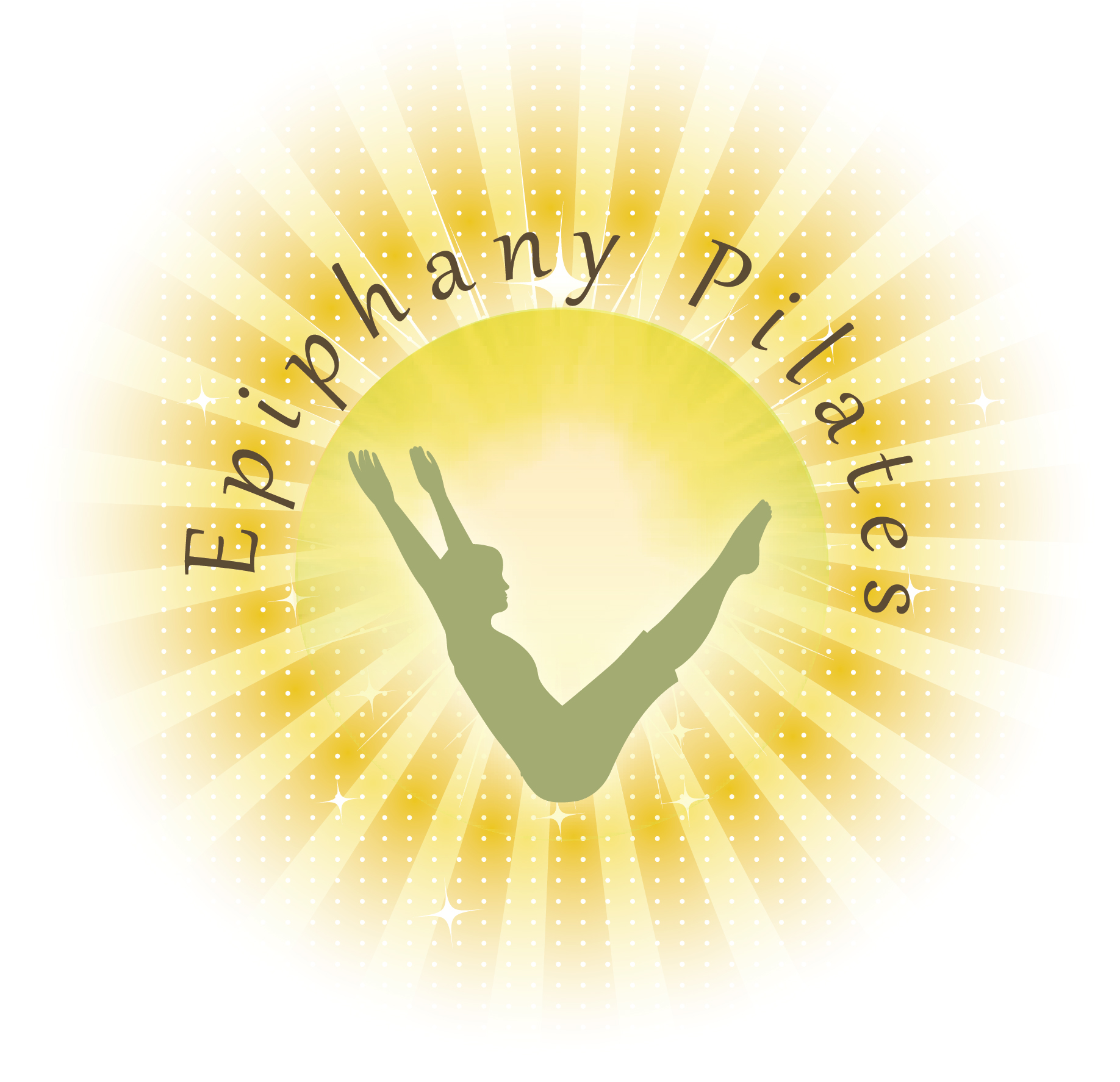10 Principles Of Pilates
There are ten principles of Pilates that serve as the foundation for every class, every session and, indeed, every movement. The following principles should guide our work through the Pilates repertoire and will help us experience the full mind-body-spirit connection that Pilates offers:
Awareness - Being truly present during the movements is fundamental to Pilates and it allows us to explore the depths of both our mind and body during a session.
Balance - During Pilates, we strive to correct imbalances in the body and work all of the muscle groups equally.
Breathe - Breathing is central to each and every Pilates movement. It allows us to focus and relax while rejuvenating the body and the spirit. Breathing also maximizes the recruitment of our abdominal muscles and provides a rhythm for each session.
Concentration - Deep concentration is needed to achieve the precise execution of each exercise.
Center - Not only does every movement in Pilates begin at our core, we must connect with our physical center and delve into our spiritual center to achieve balance in both our mind and body.
Control - Control, in both mind and body, is necessary to master each movement.
Efficiency - In Pilates, it is important to focus our energy and efforts so that the movement occurs from the target muscle or muscle group. This allows us to remain calm and relaxed throughout each session.
Flow - The object of a Pilates session should be to move through the movements in a fluid, continuous motion. This enables us to experience the rhythm of the movements and to relax.
Precision - Precise execution is our goal for each Pilates exercise. This requires complete focus and body integration so that we are able to isolate the target muscle or muscle groups while we master the choreography of the movement.
Harmony – Simply put, the regular practice of Pilates allows us to seek harmony throughout our mind, body and spirit.

